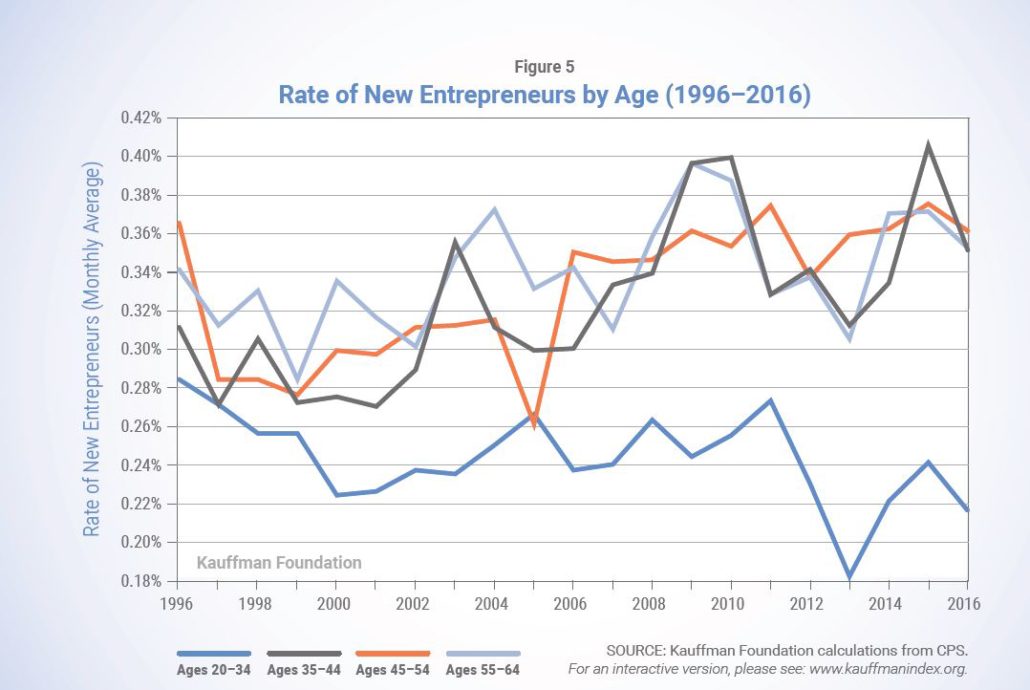If You Don’t Take Care of Your Body, Where Will You Live?
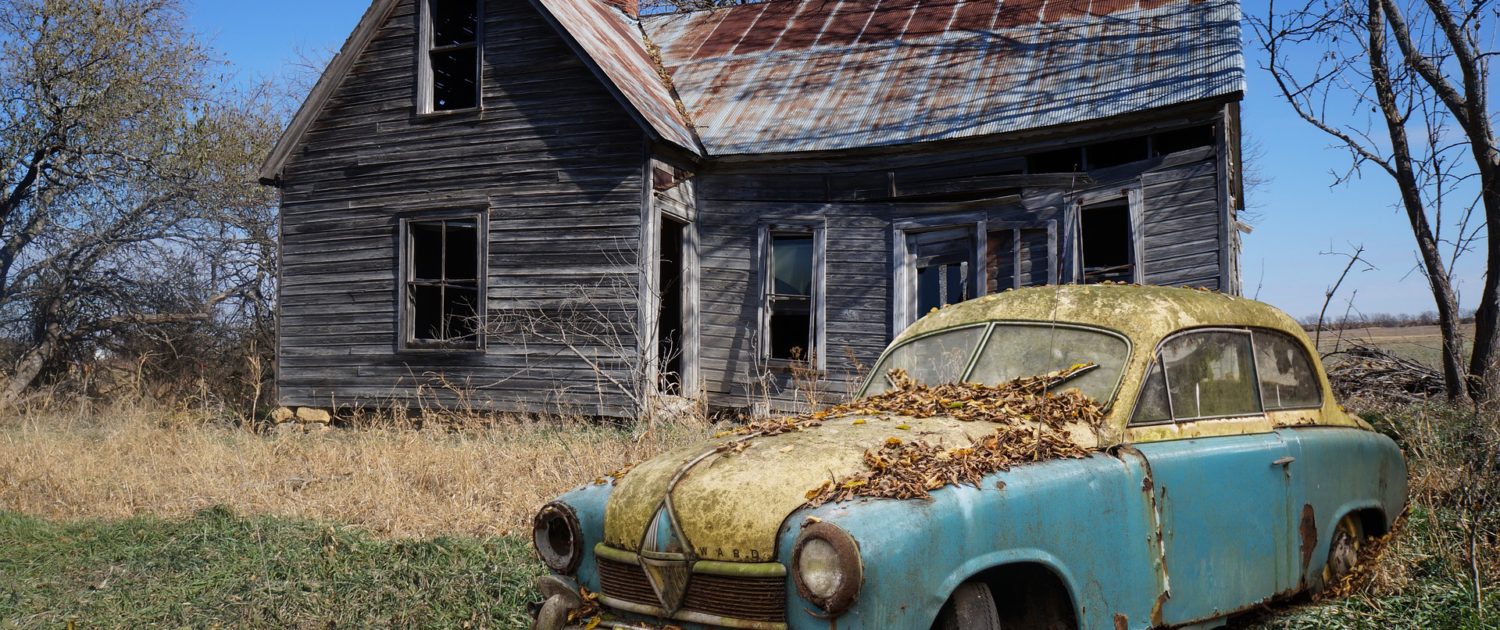
I just went through my annual physical check-up with my PCP (If you don’t know what that stands for, we really should talk). He’s been doing the stethoscope, pointy thing up the nose and in the ears, rubber hammer and rubber-gloved, “roll over on your side” exam on me for 20+ years.
I’m lucky – I usually get 30-40 minutes with him. For two reasons, I guess.
One, with my 16 years as a healthcare recruiter, he and I invariably end up spending a little time “talking shop” about the challenges he faces running a very busy primary care practice.
Yes, he’s frustrated with the bureaucracy, the electronic medical record requirements, the constantly changing rules, the dropping reimbursement, the paperwork, the patient complacency. He truly loves what he does and just wants to be a doctor. But, as with all primary care physicians, that’s harder and harder to do
Second, I know I ask more and deeper questions than he normally gets because I’m more tuned into my biology than most of the patients he sees. I decided over ten years ago to become a student of how this 24 x 7 immune system of 35 trillion cells that I walk around in is designed to work.
Well, the exam went quite well – except for one small glitch.
Elimination of meat and dairy and a 12-lb weight loss have lowered my total cholesterol 15 points to 135 in a year. (P.S. Below 150 is the truly safe range, not just below 200 despite what your pharma-company-influenced PCP will tell you.) Blood pressure safe – almost too low. All components of the blood panel safely within range.
 All systems go.
All systems go.
Then the glitch. He said: “You are a very healthy 76-year old – more like a 65-year old.”
Whaa???? 65? How ‘bout 55?
OK. Ego aside – I’ll take it. Thanks, Doc!
I intend to live to 112 ½ so this body is what I’ll be living in for another 35 34 ½ years.
I know – that’s nuts. Some of the people I know hope to be taken out back and shot if they get to 90.
If I don’t pay attention to this cellular house I live in, maintain it, help it do its thing – well, I guess where I end up living could get sort of ugly for a long time. My intent is for that “ugly” period to be real short – perhaps like a finger snap. But certainly no longer than a season. My progeny don’t deserve a protracted period of needles, nursing homes or neurological nonsense.
I’ll get old and die, just like you. But, that’s different than aging. Getting old and dying is immutable – how I choose to age is optional.
No warranty, no trade-in, no owner’s manual
At current chemical prices, you can trade your body in for $3.50.
Organ donation or giving it up to a cadaver lab for aspiring PCP’s to probe is the closest thing we’ve got to a trade-in.
Health insurance isn’t exactly a warranty, although we seem to think of it that way. Oh, look, Mabel – I can get that fixed for a $35 co-pay!!
And still no owner’s manual accompanying dismissal from the newborn nursery.
A century ago, we didn’t know enough about our biology to write an effective owner’s manual. Today we do, but I suspect it would be soon ignored if it were written.
Suppose we did have a warranty, or a trade-in, or an owner’s manual. Would that change our tendency to know more about how our Ford Explorer’s catalytic converter works than how our endocrinology can lengthen or shorten our lives? Or how our digestive system impacts our thinking ability? Or how – well just about anything about our biology?
Color me skeptical.
The owner’s manual for my wife’s aging Acura MDX is 298 pages. I can replace the engine in that car for about $2,000.
An easy-to-follow owner’s manual for good health could probably be contained in a half-dozen pages – in large, double-spaced type. To replace my heart in the U.S. can approach $1.4 million, my liver $813,000.
We know to put good oil in the pan and good gas in the tank of our car. Yet we persistently dump junk food and bad chemicals into the most expensive transport system on the planet to repair, pound for pound.
Maybe an owner’s manual would change that, but I doubt it. Our taste buds are held captive by a food industry that knows and cares little about our health. And our commitment to really simple health and wellness habits have succumbed to comfort, convenience, and co-pays.
What a way to treat the most magnificent machine ever developed.
So, for many of us, a protracted period of frailty is in the forecast. Oh yes, we are living longer. A 65-year-old today has a 50% chance of reaching 90. What that stat doesn’t reveal is that for far too many of us, this extended longevity that we rave about is lived in technology-supported agony, isolation, and immobility.
We have the option to be “Younger Next Year” regardless of age. The book by that same name is a great place to start to understand why and how. Or “The Roadmap to 100” and his earlier book “Dare to Be 100” by retired Stanford geriatric physician, Dr. Walter Bortz are tremendous no-holds-barred, easy to read “owner’s manuals” for longer, healthier living.
You can also pick up a few wellness pearls from my free e-book: “Achieving Your Full-Life Potential: Five Easy Steps to Living Longer, Healthier, and With More Purpose.” Click here to download it.
Thanks for being a loyal reader. If you like the articles, tell a friend about us. Your opinion and insight counts, so leave us a comment below.






 Centenarians are outliers. Where our culture tells us that our intellectual and physical functions diminish with the passing of time, healthy centenarians have largely rejected that notion by accepting the fact that they will grow old and die but choosing how they will age. Most take each day as a timeless gift and demonstrate amazing resilience in overcoming adversity.
Centenarians are outliers. Where our culture tells us that our intellectual and physical functions diminish with the passing of time, healthy centenarians have largely rejected that notion by accepting the fact that they will grow old and die but choosing how they will age. Most take each day as a timeless gift and demonstrate amazing resilience in overcoming adversity.
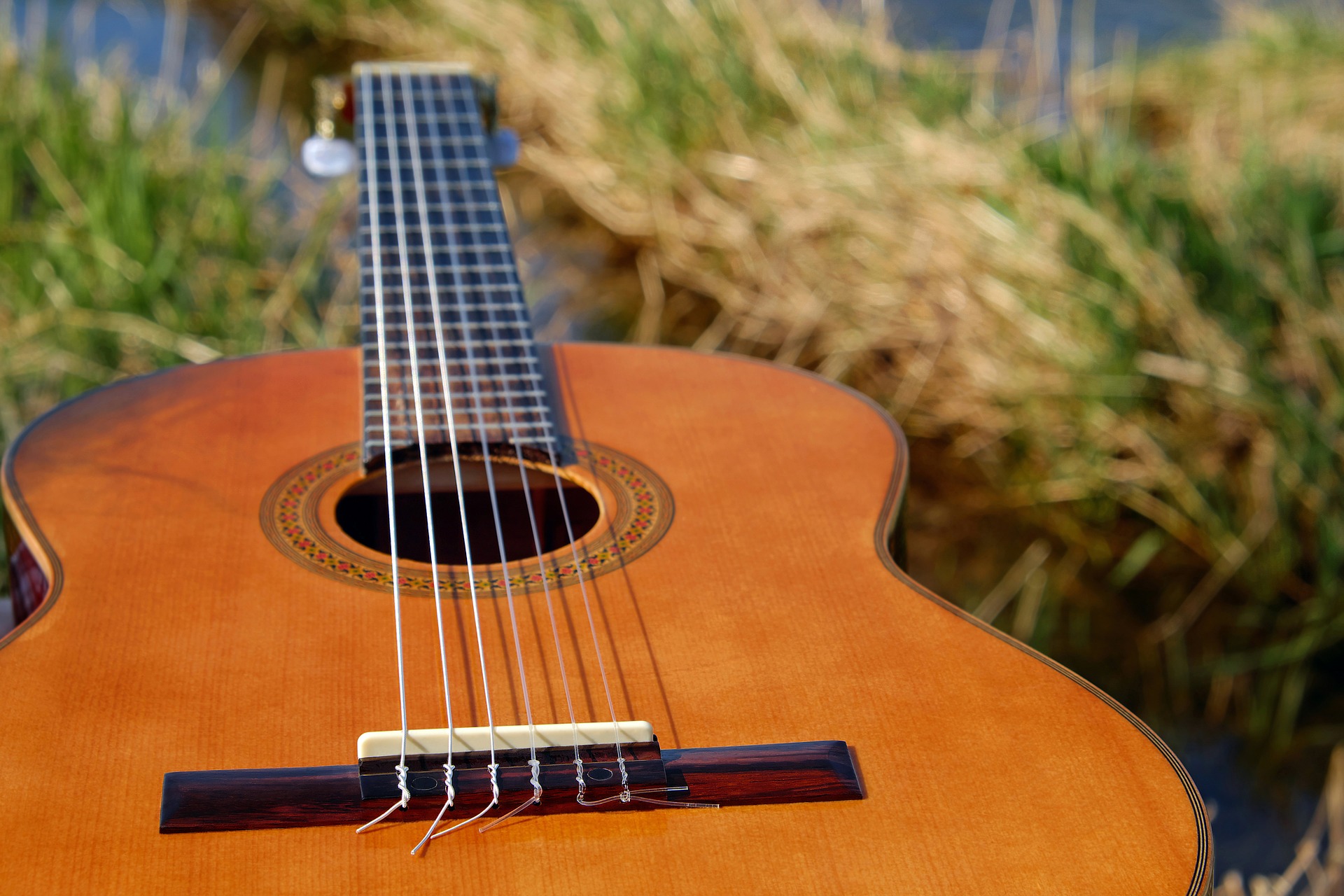
 To give you an idea of this man’s talent (and in hopes of adding you to his fan club)
To give you an idea of this man’s talent (and in hopes of adding you to his fan club) 

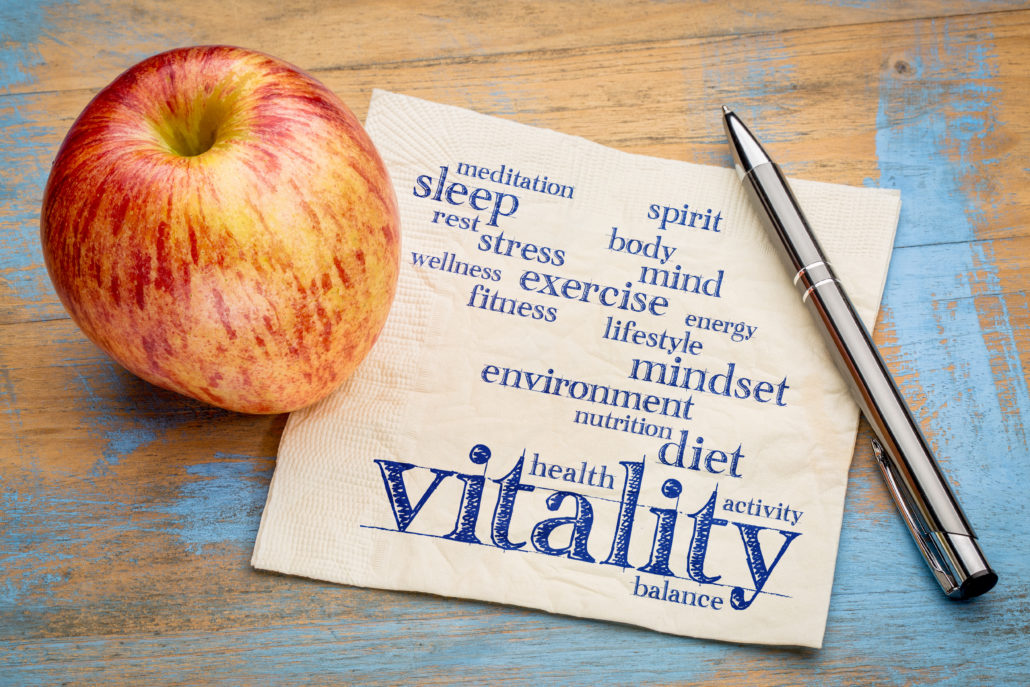
 Two tests, eight minutes
Two tests, eight minutes
 said: “When are you going to tell your face?”
said: “When are you going to tell your face?”

 Apparently, according to the WHO, the majority of the world’s population regularly clocks six or fewer hours a night, thus putting our health in jeopardy. According to this collection of experts, lack of sleep increases the risk of obesity, cancer, diabetes, Alzheimer’s and other dementias.
Apparently, according to the WHO, the majority of the world’s population regularly clocks six or fewer hours a night, thus putting our health in jeopardy. According to this collection of experts, lack of sleep increases the risk of obesity, cancer, diabetes, Alzheimer’s and other dementias.
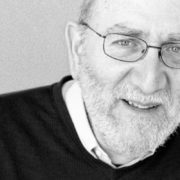
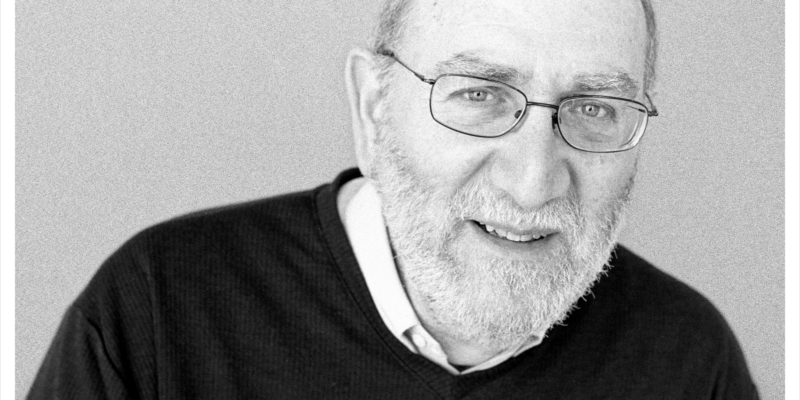


 Laslett predicted, because of declining births and longer lives, an emerging life stage he called the “Third Age.” With it comes a much simpler and appropriate four-portal alignment which Freedman advocates:
Laslett predicted, because of declining births and longer lives, an emerging life stage he called the “Third Age.” With it comes a much simpler and appropriate four-portal alignment which Freedman advocates: Laslett’s “third age” represents a liberation of those of us in our (in Freedman’s words) “ – sixties, seventies and beyond from the psychic strain and misclassification and from the very real consequences of being assigned to ‘mass indolence.'”
Laslett’s “third age” represents a liberation of those of us in our (in Freedman’s words) “ – sixties, seventies and beyond from the psychic strain and misclassification and from the very real consequences of being assigned to ‘mass indolence.'” That stirring you feel might just be your third age trying to move from cocoon to butterfly. My encouragement to you is to listen, not hasten it, or cover it over with cultural constructs, comparison, and comfort-zone living and thus kill the butterfly.
That stirring you feel might just be your third age trying to move from cocoon to butterfly. My encouragement to you is to listen, not hasten it, or cover it over with cultural constructs, comparison, and comfort-zone living and thus kill the butterfly.
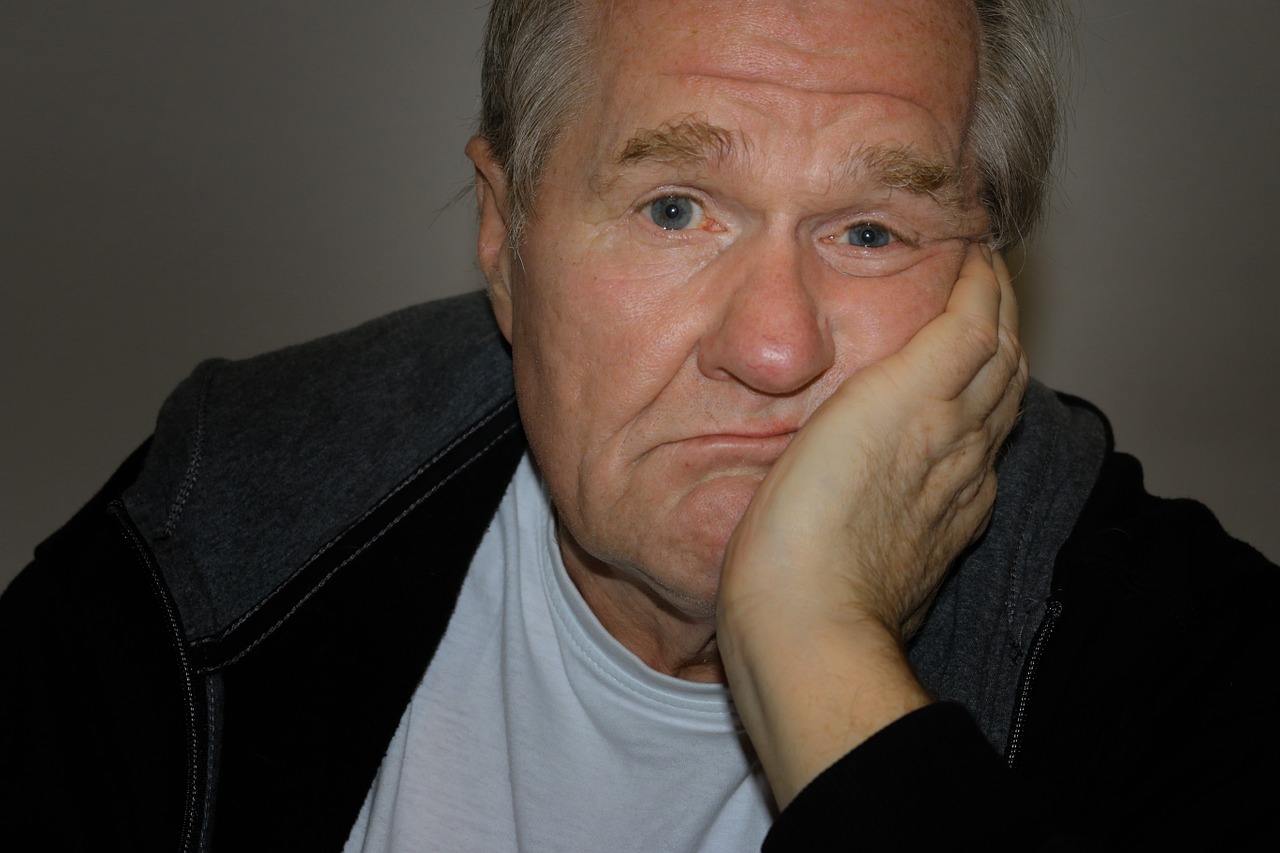
 For a long time, I didn’t much care for a lot of my story. Kinda modest, mottled and messy. Small town Wyoming upbringing, grandson of homesteaders, a late bloomer in nearly every phase of the first half (50 years or so). No notable titles, trophies or tributes. Pretty much a top-of-the-bell-curve sort of story.
For a long time, I didn’t much care for a lot of my story. Kinda modest, mottled and messy. Small town Wyoming upbringing, grandson of homesteaders, a late bloomer in nearly every phase of the first half (50 years or so). No notable titles, trophies or tributes. Pretty much a top-of-the-bell-curve sort of story.
 Or perhaps, lazy is a better word.
Or perhaps, lazy is a better word.

 #5: Become a mentor
#5: Become a mentor
 when I reveal that, at 76, I’m refining my 25-year plan. And it is a work-in-progress. But I’ve come to realize that a goal to live past 100 or develop a lifestyle business that will outlive me will never happen if I don’t articulate it and plan for it in my mind.
when I reveal that, at 76, I’m refining my 25-year plan. And it is a work-in-progress. But I’ve come to realize that a goal to live past 100 or develop a lifestyle business that will outlive me will never happen if I don’t articulate it and plan for it in my mind.
